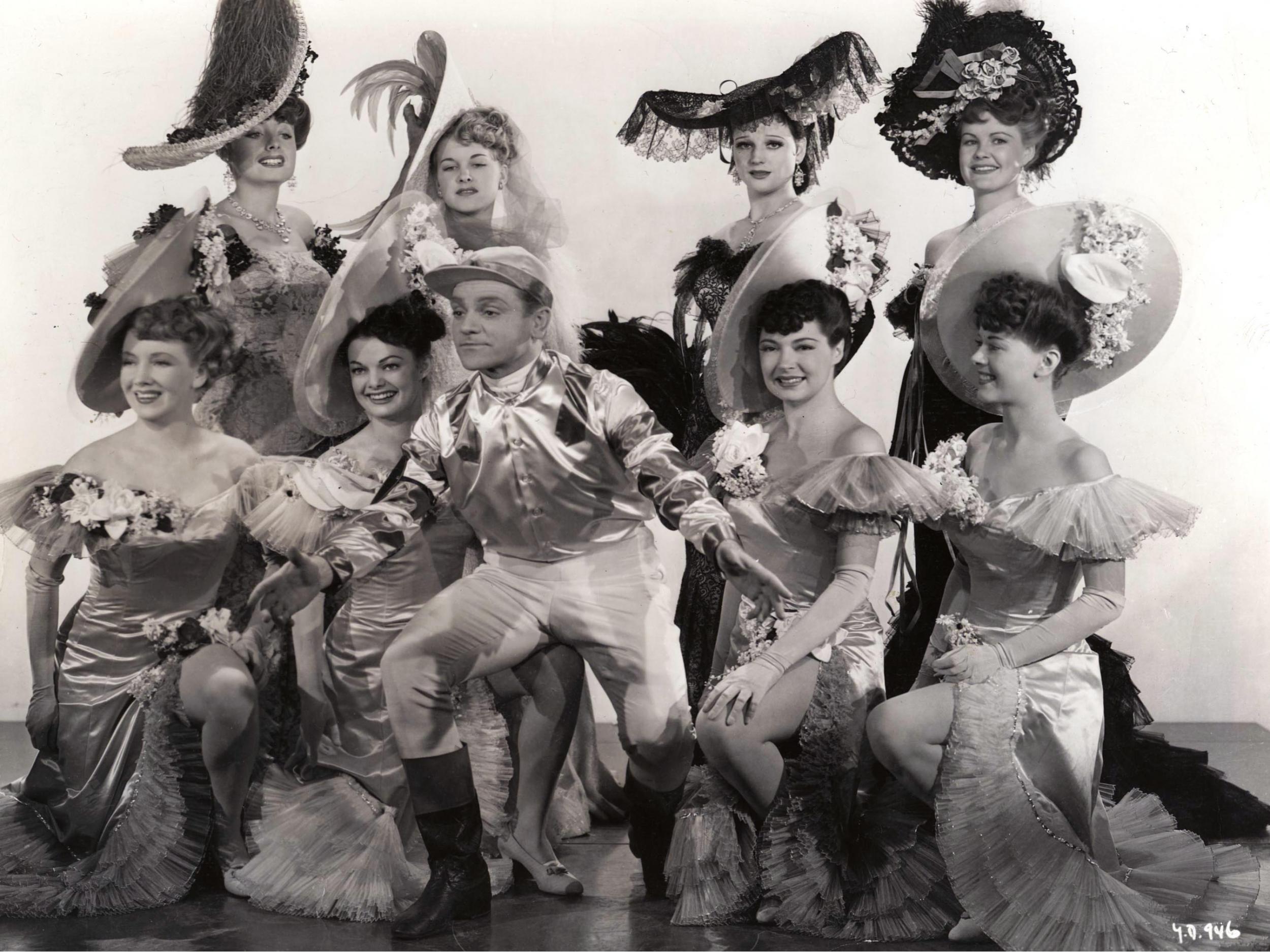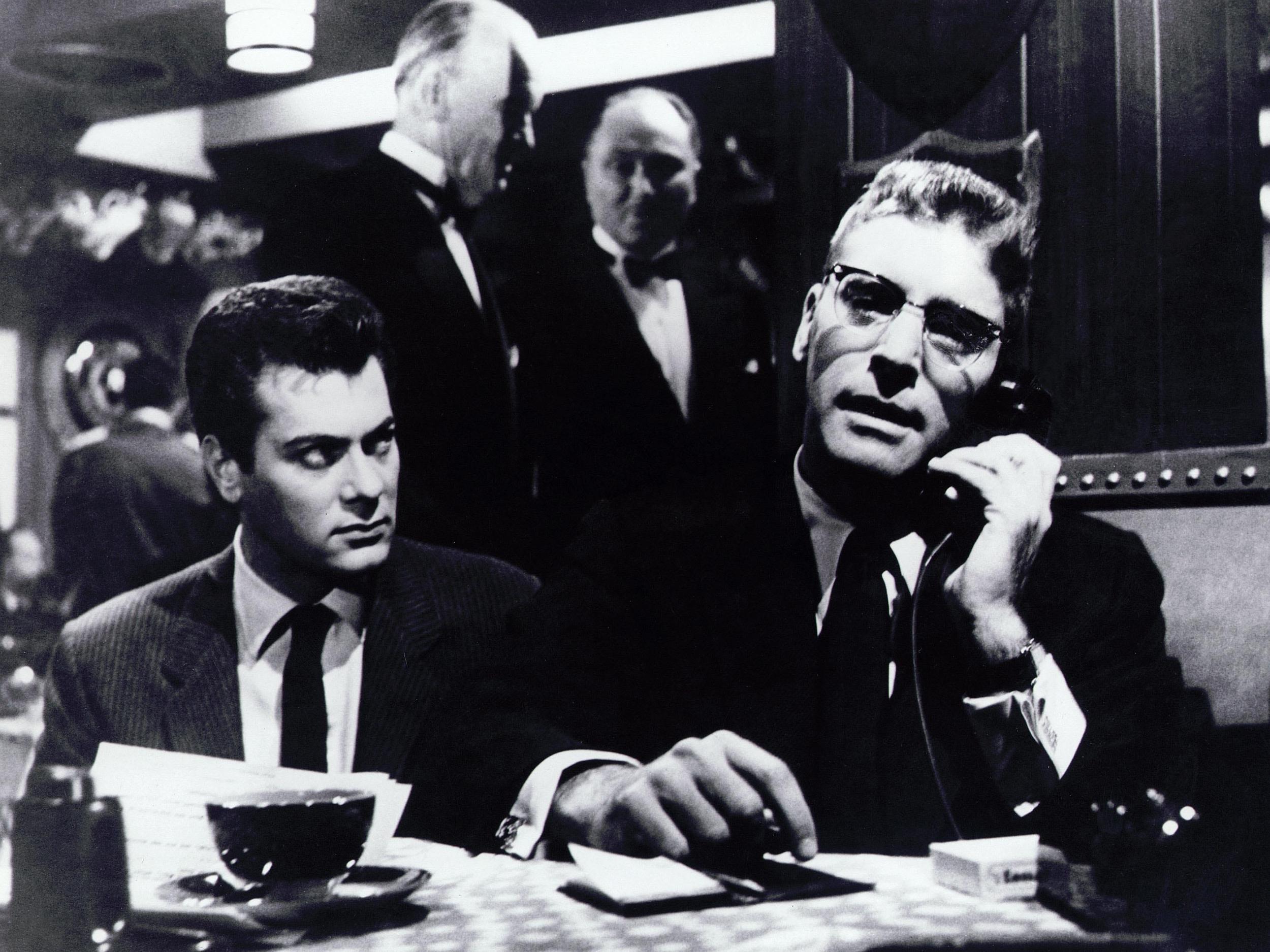James Wong Howe: The pioneering Hollywood cinematographer’s five most exquisitely lit films
Celebrated director of photography brought his mastery of light and dark to the service of some of America's very greatest movies

Your support helps us to tell the story
From reproductive rights to climate change to Big Tech, The Independent is on the ground when the story is developing. Whether it's investigating the financials of Elon Musk's pro-Trump PAC or producing our latest documentary, 'The A Word', which shines a light on the American women fighting for reproductive rights, we know how important it is to parse out the facts from the messaging.
At such a critical moment in US history, we need reporters on the ground. Your donation allows us to keep sending journalists to speak to both sides of the story.
The Independent is trusted by Americans across the entire political spectrum. And unlike many other quality news outlets, we choose not to lock Americans out of our reporting and analysis with paywalls. We believe quality journalism should be available to everyone, paid for by those who can afford it.
Your support makes all the difference.Today’s Google Doodle honours James Wong Howe (1899-1976), one of the most admired cinematographers of Hollywood’s Golden Age.
Howe was a Chinese-American, born in Guangdong before emigrating to the US in 1904, who was given his start by Cecil B. DeMille and overcame racial prejudice to become a master of his craft, winning two Oscars and working on some of Tinseltown’s most important films from the silent era all the way up until 1975.
Known for his delicate use of light, Howe worked on 130 films over his long career, taking in everything from lavish costume melodramas to the murky shadows of film noir. Here, we examine five of his finest contributions to movie history.
The Thin Man (1934)
This delightful Pre-Code crime comedy from W.S. Van Dyke stars William Powell and Myrna Loy as sparring husband and wife detective duo Nick and Nora Charles, who exchange barbed witticisms over cocktails and almost incidentally solve a high society murder during the Christmas holidays.
This Dashiell Hammett adaptation spawned a successful franchise and is remembered for the chemistry between the two leads and their fox terrier, Asta. Howe’s contribution is extraordinarily understated, letting the glamour of the New York social whirl speak for itself. Shot mostly indoors because of its deep winter setting, The Thin Man revels in a Wodehousian world of highballs and black tie and Howe’s treatment of Powell and Loy plays up the gentle glamour nicely.
At odds with the gruffer world of the contemporaneous Warner Brothers gangster picture or the American Nightmare of film noir that would succeed it, The Thin Man is a festive fantasy as bright as the star atop a Christmas tree. Howe’s sensitive lensing is crucial to conjuring the mood.
Yankee Doodle Dandy (1942)
One of the crowning achievements of the American musical, Yankee Doodle Dandy celebrates the life of songwriter and showman George M. Cohan and saw tough guy specialist James Cagney show another side to his talents, enjoying himself enormously as a song-and-dance man in the lead.

An escapist ode to showbiz released as the US faced the prospect of joining the Second World War, Michael Curtiz’s film is loud, brash and patriotic, filled with Broadway razzle dazzle.
Howe’s camera is always at the service of the performances, following Cagney’s hoofer around the stage during the musical numbers. The man’s nuclear charisma and the costumes in particular are given every chance to shine. Howe’s expert eye for the telling detail is crucial.

Watch Apple TV+ free for 7 days
New subscribers only. £8.99/mo. after free trial. Plan auto-renews until cancelled

Watch Apple TV+ free for 7 days
New subscribers only. £8.99/mo. after free trial. Plan auto-renews until cancelled
Body and Soul (1947)
Howe himself had been a boxer as young man and well understood the draw of the sport. That made him the perfect choice to lense this drama about the rise and fall of pugilist Charlie Davis starring John Garfield. And the cinematographer went to great lengths to keep his camera mobile, even donning rollerskates to ensure a quick and fluid motion as he followed the actors around the ring.
At other times Howe’s camera peers up at the fighters from the point of view of a spectator in the front row, the darkness of the stadium contrasting with the blinding white lights overhead. An intense glare plays off the biceps of the competitors as the crowd roars in a film that, along with Robert Siodmak’s The Killers (1946), must surely have provided a major influence for Martin Scorsese’s Raging Bull (1980).
One of the grottiest films about journalism and the publicity machine ever made, Ealing graduate Alexander Mackendrick’s scathing Sweet Smell of Success stars Burt Lancaster as influential gossip columnist J.J. Hunsecker and Tony Curtis as his desperate fixer, Sidney Falco.

This is perhaps the finest example of James Wong Howe’s skill with shadow. The great photography director took inspiration from Jules Dassin's Rififi (1955) and shoots New York as a hellscape of towering skyscrapers, filthy alleyways and drab night owl coffee shops. Hunsecker presides over the metropolis with hulking menace, omniscient and all-seeing. Falco is lost in the dark and the cloaking blackness of Howe’s palette ensures there’s no way out. An all-time masterpiece.
Bell, Book and Candle (1958)
Reuniting James Stewart and Kim Novak, the stars of Alfred Hitchcock’s acclaimed Vertigo from earlier that year, Richard Quine’s witchy romantic comedy gave Howe a chance to test out his skills in Technicolor.
Shooting primarily in soft pastels, the supernatural theme nevertheless permitted Howe to find the darkness in even the cosiest domestic scene. A close-up on Novak’s face as she hypnotises Stewart with her cat Pyewacket is typical of his decisive approach. The film may not quite be the classic its predecessor was but it did inspire the hit TV sitcom Bewitched.
Join our commenting forum
Join thought-provoking conversations, follow other Independent readers and see their replies
Comments